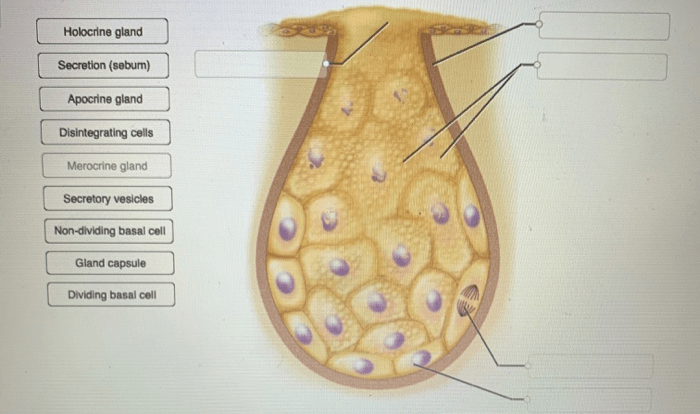Fundamentals of anatomy and physiology fourth edition – Embark on a captivating journey into the realm of human biology with Fundamentals of Anatomy and Physiology, Fourth Edition. This comprehensive guide delves into the intricate structures and functions of the human body, providing a profound understanding of its systems, cells, tissues, and organs.
Delve into the fascinating world of anatomy and physiology, where every chapter unfolds a new layer of knowledge, revealing the remarkable complexity and interconnectedness of the human body.
From the intricate workings of the skeletal system to the delicate balance of the endocrine system, this edition unravels the mysteries of human physiology, offering a holistic perspective on the body’s remarkable functions. Prepare to be enthralled as you uncover the secrets of the cardiovascular, respiratory, digestive, urinary, and reproductive systems, gaining a deeper appreciation for the intricate mechanisms that sustain life.
Introduction: Fundamentals Of Anatomy And Physiology Fourth Edition

Anatomy is the study of the structure of the body, while physiology is the study of how the body functions. Understanding the fundamentals of anatomy and physiology is essential for understanding how the body maintains homeostasis and responds to changes in its environment.
Body Systems
The body is made up of several major systems, each with its own specific functions. These systems include the skeletal system, muscular system, nervous system, endocrine system, cardiovascular system, respiratory system, digestive system, urinary system, and reproductive system. Each system is made up of organs, which are made up of tissues, which are made up of cells.
Skeletal System
- The skeletal system provides support and protection for the body.
- It is made up of bones, which are hard, mineralized tissues.
- Bones are connected to each other by joints, which allow for movement.
Muscular System
- The muscular system allows for movement.
- It is made up of muscles, which are soft tissues that can contract and relax.
- There are three types of muscles: skeletal muscles, smooth muscles, and cardiac muscles.
Nervous System
- The nervous system controls and coordinates the body’s activities.
- It is made up of the brain, spinal cord, and nerves.
- The brain is the control center of the body.
Endocrine System
- The endocrine system regulates the body’s activities by releasing hormones.
- Hormones are chemical messengers that travel through the bloodstream.
- The endocrine system is made up of glands, which are organs that produce and release hormones.
Cardiovascular System
- The cardiovascular system transports blood throughout the body.
- It is made up of the heart, blood vessels, and blood.
- The heart is a muscular organ that pumps blood through the blood vessels.
Respiratory System
- The respiratory system allows for the exchange of gases between the body and the environment.
- It is made up of the lungs, airways, and respiratory muscles.
- The lungs are the organs where gas exchange takes place.
Digestive System, Fundamentals of anatomy and physiology fourth edition
- The digestive system breaks down food into nutrients that can be absorbed into the bloodstream.
- It is made up of the mouth, esophagus, stomach, small intestine, large intestine, and rectum.
- The stomach is the organ where food is broken down.
- The urinary system filters waste products from the blood and produces urine.
- It is made up of the kidneys, ureters, bladder, and urethra.
- The kidneys are the organs where urine is produced.
- The reproductive system produces gametes (eggs and sperm) and allows for the fertilization of eggs.
- It is made up of the ovaries, fallopian tubes, uterus, vagina, and breasts in females; and the testes, epididymides, vas deferens, seminal vesicles, prostate gland, and penis in males.
- The ovaries are the organs where eggs are produced.
Urinary System
Reproductive System
Q&A
What is the primary focus of Fundamentals of Anatomy and Physiology, Fourth Edition?
This comprehensive guide provides a thorough exploration of the human body’s structures and functions, delving into the intricacies of its systems, cells, tissues, and organs.
How does this edition enhance the understanding of human physiology?
This edition offers a holistic perspective on the body’s remarkable functions, unraveling the mysteries of the cardiovascular, respiratory, digestive, urinary, and reproductive systems, among others.
What sets this book apart from other anatomy and physiology resources?
Fundamentals of Anatomy and Physiology, Fourth Edition stands out with its engaging writing style, captivating visuals, and a wealth of interactive learning tools, making the study of human biology both accessible and enjoyable.
